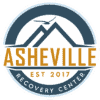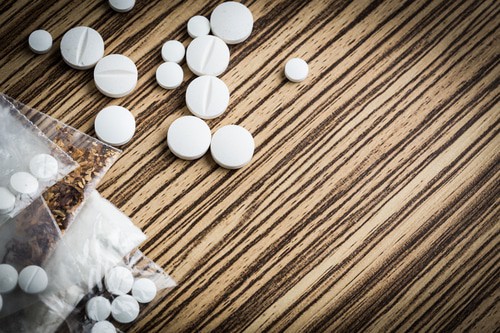History of Ketamine
What is a Ketamine Addiction Treatment Center? First lets talk about what the history behind Ketamine is.
Ketamine was first synthesized in 1962 by chemistry professor Calvin L. Stevens as an alternative anesthetic. Once approved by the American FDA in 1970, the drug was widely administered to U.S. troops during the Vietnam War in order to surgically operate in the battlefield. Ketamine quickly grew in popularity within the medical community due to its sustainable qualities when used as an anesthetic. Unlike other anesthetics, ketamine does not lower blood pressure or suppress breathing; therefore, low-income countries, natural disaster sites, conflict zones, and areas where anaesthesiologists are scarce rely heavily on the drug. When medically administered in appropriate doses, ketamine also serves as a pain reliever and anti-depressant. In the mid-70s it was soon discovered that microdoses, or subanesthetic doses, of the drug can also produce a dissociative, hallucinogenic high where the user experiences almost complete sensory detachment from their body. Due to the sensory deprivation qualities of ketamine, and the fact that it comes in a clear liquid or off-white powder form soluble in water, ketamine is often used as a date rape drug. Although ketamine overdose fatalities remain low, fatal accidents while under the influence of the drug have remained stable.

The Ketamine High
Ketamine can be taken orally, smoked, snorted, or injected. A user experiences an Intense high within minutes that typically lasts 1-2 hours, with senses and overall coordination being affected up to 24 hours. These side effects include:
- Sensory detachment
- Hallucinations
- Distorted sights and sounds
- Relaxation
- Numbness
- Immobility
- Amnesia
- Agitation
- Depression
- Unconsciousness
Long-term Effects of Ketamine Use
Long-term use of this drug can lead to medical complications, serious illness, and death. Such side effects include:
- Speech difficulty
- Suicidal thoughts
- Bladder ulcers
- Paranoia
- Respiratory depression
- Seizures
- Kidney Toxicity
- Schizophrenia
- Coma
Ketamine Use in the United States
According to the National Institute on Drug Abuse , While regular use of hallucinogenic and dissociative drugs in general has remained relatively low in recent years, one study reported that the United States ranks first among 36 nations in the proportion of high school students ever using LSD or other hallucinogens in their lifetime. The National Center for Biotechnology Information reported in 2015 that 3 million persons (1.1%) aged 12 or older have used ketamine in their lifetime. Although ketamine overdose fatalities remain very low, the drug is associated with crime and dangerous behavior. Most ketamine-related deaths are a result of traffic accidents, accidental drowning, accidental falling, or suicide due to the heavy depressant effect of the drug.

Ketamine Addiction Treatment
Ketamine use is extremely addictive and oftentimes fatal; therefore, it is extremely important to seek help immediately if you or a loved one is struggling with this addiction. While there are many inpatient treatment centers in North Carolina, Asheville Recovery Center treatment specialists utilize a 12-step program while combining the practice of holistic rehabilitation.
Services at the center include:
Partial Hospitalization Program – At Asheville Recovery Center we offer a partial hospitalization program for clients who need post-residential treatment as well as for clients who need primary treatment but are unable to enroll in inpatient programs. Our PHP track offers a variety of therapeutic services and benefits to individuals in early recovery from substance addiction. Our day program is full-time, offering all of the clinical hours provided in residential treatment (from 9 am to 5 pm) with the benefit of allowing clients to return home to a structured sober living environment at night. This gives individuals the opportunity to build a community of peers and practice life skills, such as cooking, cleaning, and self-care, while still participating in immersive and intensive clinical addiction and trauma treatment.
Outpatient Rehabilitation – During intensive outpatient treatment, clients live at home or in a sober living residence which can help keep them accountable for their recovery commitment. Our staff coordinates with local, reputable sober living homes to ensure that our clients are living in a safe place and that their needs are being met, even when they are not at clinical sessions. During this time, clients are also encouraged to become involved in local twelve-step fellowships, to find sponsors, and to begin working the steps of recovery through participation in these groups. IOP is a place where clients can process their experiences in twelve-step fellowships and support one another in those individual journeys.
Addiction is difficult to overcome alone. If you feel that you or a loved one is struggling with ketamine abuse, our specialists are on standby and ready to help. Call (828)383-0784 and speak with an addiction expert today.






